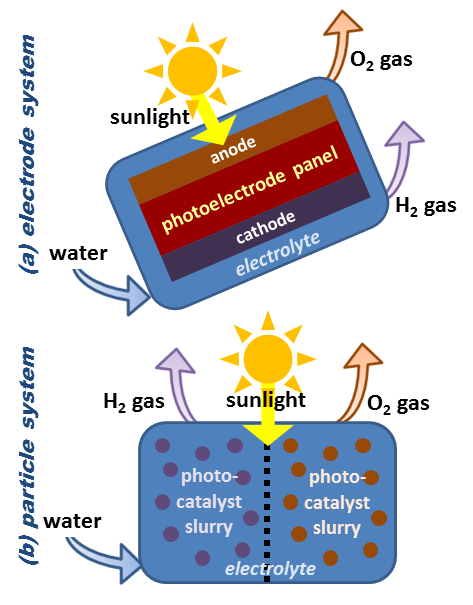Uranium extraction is an important process for having a clean and cheap power. Uranium could be extracted in many ways. One of the most used method is Leaching. In this method the ore is reacted with chemical to reduce it to usable Uranium Oxide.
Preparation
Firstly, Uranium ore is not reactive to chemical and other processes. So a lot of effort goes into the preparation of the ore for leaching. In this process first, the ore is crushed and made into smaller pieces. Then the by-product is roasted to burn off the carbonaceous species trapped in the ore which have a negative effect on the chemical reactivity to leaching reagents. In some specific uranium ores, roasting is done in addition to salts in order to improve the solubility of containment metals, such as vanadium, in the solution.
Leaching can be classified broadly into two categories namely Acid Leaching and Alkaline Leaching depending on the type of chemicals used.
Acid Leaching :
Acid Leaching having an upper-hand for being more effective against difficult ores. They require lower temperatures and leaching times when compared with alkaline solutions. In addition, lower pretreatment is required notably due to you the particle size from the grinding process. This method is also referred as heap leaching.
The chemistry of the leaching process revolves around the oxidation of the Uranium compounds, which is achieved due to Manganese dioxide, Sodium Chlorate, and Iron salts. The reaction is typically performed at higher temperatures and often release Hydrogen, Hydrogen Sulphide, and Carbon dioxide gases during the process. The Uranium, which typically begins in the tetravalent state, goes through a series of reactions eventually leading to the formation of the desired complex. While the solubility of this complex makes Sulphuric acid a preferred leaching agent, Nitric and Hydrochloric acid can also be used, but are typically not due to their higher cost and corrosiveness.
Alkaline Leaching :
This method of leaching is particularly selective to Uranium minerals and has fewer impurities. As a result, the Uranium oxide (also known as “Yellow Cake”) can be directly precipitated without purification. In addition, the solutions are less corrosive and can be recycled without the annoyance of increasing impurity concentrations.



